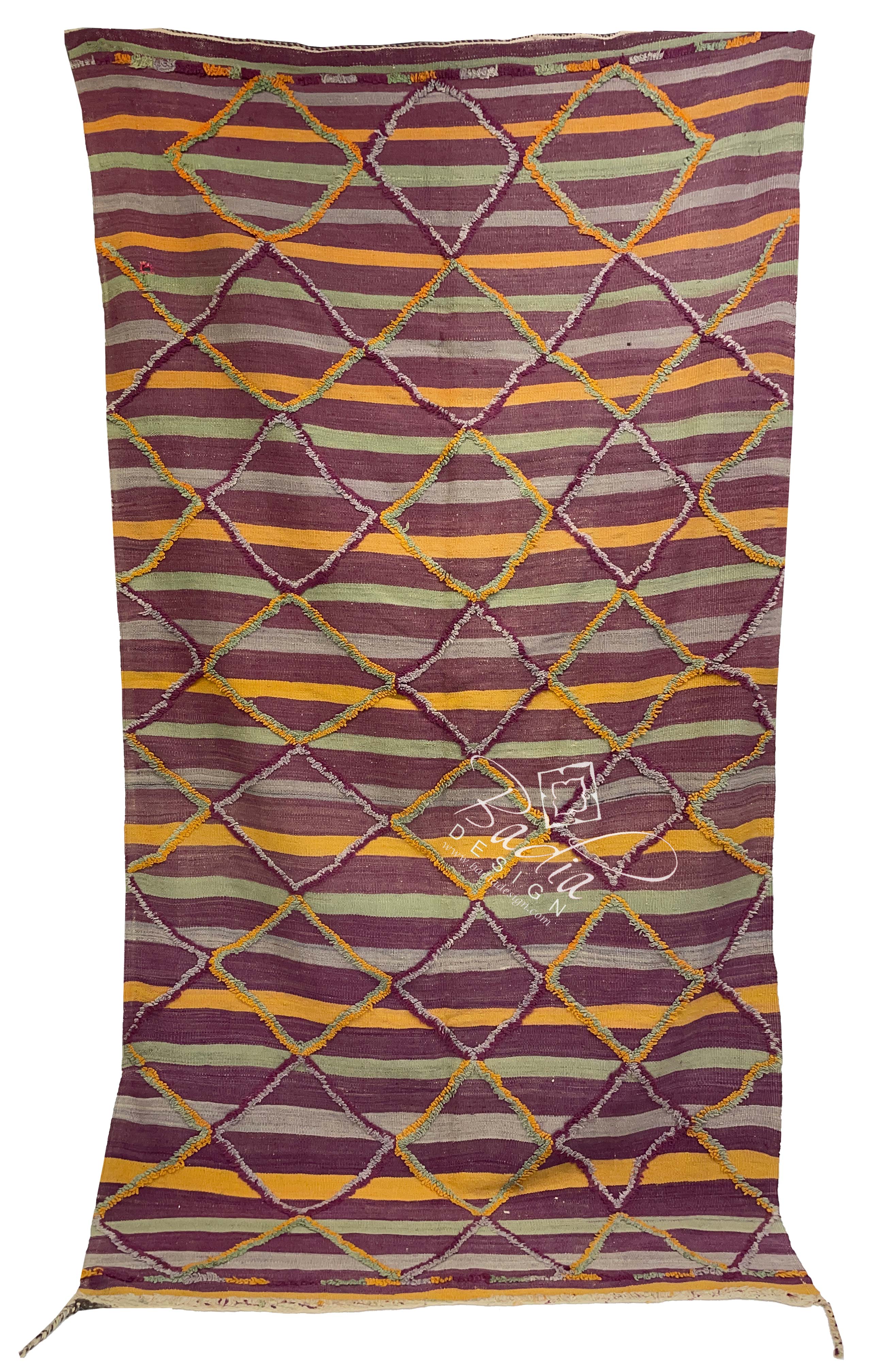Moroccan Berber Rugs: A Heritage of Craftsmanship, Culture, and Style
Moroccan Berber Rugs have captivated residents and organizations worldwide with their storied past, exquisite craftsmanship, and unmatched versatility. Whether you are furnishing a cozy living room, a modern office space, or a upscale resort, these rugs go beyond practicality to become cultural and artistic masterpieces. In this article, we’ll explore the rich origins of Moroccan Berber rugs, the detailed artistry involved in their production, their renowned durability, and practical tips for styling them in modern spaces.
The origins of Moroccan Berber rugs can be traced back millennia to the Berber tribes of North Africa. The Berbers, with their deeply rooted traditions, crafted unique weaving get more info methods to meet the demands of their nomadic lifestyles and diverse climates.
The symbols and motifs in these rugs convey meanings that are specific to the tribe or family of origin. These symbols frequently represent themes of safety, growth, or nature, making each rug a highly meaningful creation. Originally, these rugs were crafted for utilitarian purposes, such as providing warmth during harsh winters in the Atlas Mountains or acting as soft bedding in arid desert regions.
In the mid-20th century, Moroccan Berber rugs gained global popularity when prominent designers like Le Corbusier and Frank Lloyd Wright began incorporating them into their architectural masterpieces. Now, these rugs are highly sought after for their elegance and rich tradition.
The production of Moroccan Berber rugs is an elaborate art form passed on through generations. This craftsmanship embodies a deep connection to tradition and artistry.
These rugs are made from materials like wool, camel hair, and cotton, renowned for their strength and softness. Wool stands out for being soft, strong, as well as for its natural warmth. The wool is usually spun by hand, resulting in a one-of-a-kind finish.
Weaving these rugs is a time-intensive process, requiring great patience and effort on handcrafted weaving tools. The knotting style, from Beni Ourain’s casual elegance to Azilal’s tighter weaves, impacts both durability and design.
Artisans rely on natural dyes from plants and minerals to produce the vivid tones seen in Berber rugs. Neutral shades dominate Beni Ourain designs, while brighter Azilal and Boucherouite pieces feature striking colors like red, blue, and yellow.
One of the most celebrated features of Moroccan Berber rugs is their exceptional durability. This makes them a practical investment for both homes and commercial spaces.
The use of premium materials ensures that Berber rugs retain their integrity over years of use. Wool’s natural flexibility and resistance to stains make it a perfect choice for lasting rugs.
Taking care of these rugs is straightforward. Routine vacuuming and periodic professional care can preserve their beauty for decades.
Tips for Styling Moroccan Berber Rugs in Modern Homes
Incorporating Moroccan Berber rugs into contemporary interiors is easier than you might think. Their versatile designs and textures can complement a wide range of styles, from minimalist to bohemian.
1. Anchor a Living Room
Use a large Beni Ourain rug as the centerpiece of your living room. Its neutral colors and simple geometric patterns can tie together various design elements while adding a sense of warmth and comfort.
2. Add Color to Neutral Spaces
In minimalist or neutral spaces, a colorful Azilal or Boucherouite rug can add a bold, eye-catching accent. These rugs work particularly well in neutral-toned rooms, where they serve as a focal point.
3. Combine Rugs for Depth and Style
To create a warm, layered look, place a smaller Berber rug atop a larger rug made from natural fibers like jute or sisal. This pairing enhances texture and emphasizes the unique patterns of the Berber rug.
4. Enhance Workspace Aesthetics
Businesses can use Moroccan Berber rugs to create an inviting and sophisticated ambiance in office spaces, lounges, or reception areas. Their handmade quality conveys a sense of luxury and authenticity.
5. Display Moroccan Berber Rugs as Decorative Art
Certain Moroccan Berber rugs are so beautiful that they function wonderfully as wall art. Displaying a Berber rug on a wall highlights its intricate design and cultural significance.
Why Moroccan Berber Rugs Are a Wise Investment
For both homeowners and businesses, Moroccan Berber rugs represent a blend of practicality, aesthetics, and cultural significance. Their durability ensures a long lifespan, while their timeless designs can adapt to changing trends and tastes.
Eco-Friendly and Ethical Craftsmanship
Berber rugs are often made with environmentally responsible and sustainable techniques. By investing in these rugs, you’re not only enhancing your space but also supporting traditional artisans and their communities.
Increasing Value Over Time
Vintage or unique Moroccan Berber rugs tend to grow in worth over the years. These rugs serve as both decorative items and investment-worthy collectibles.
